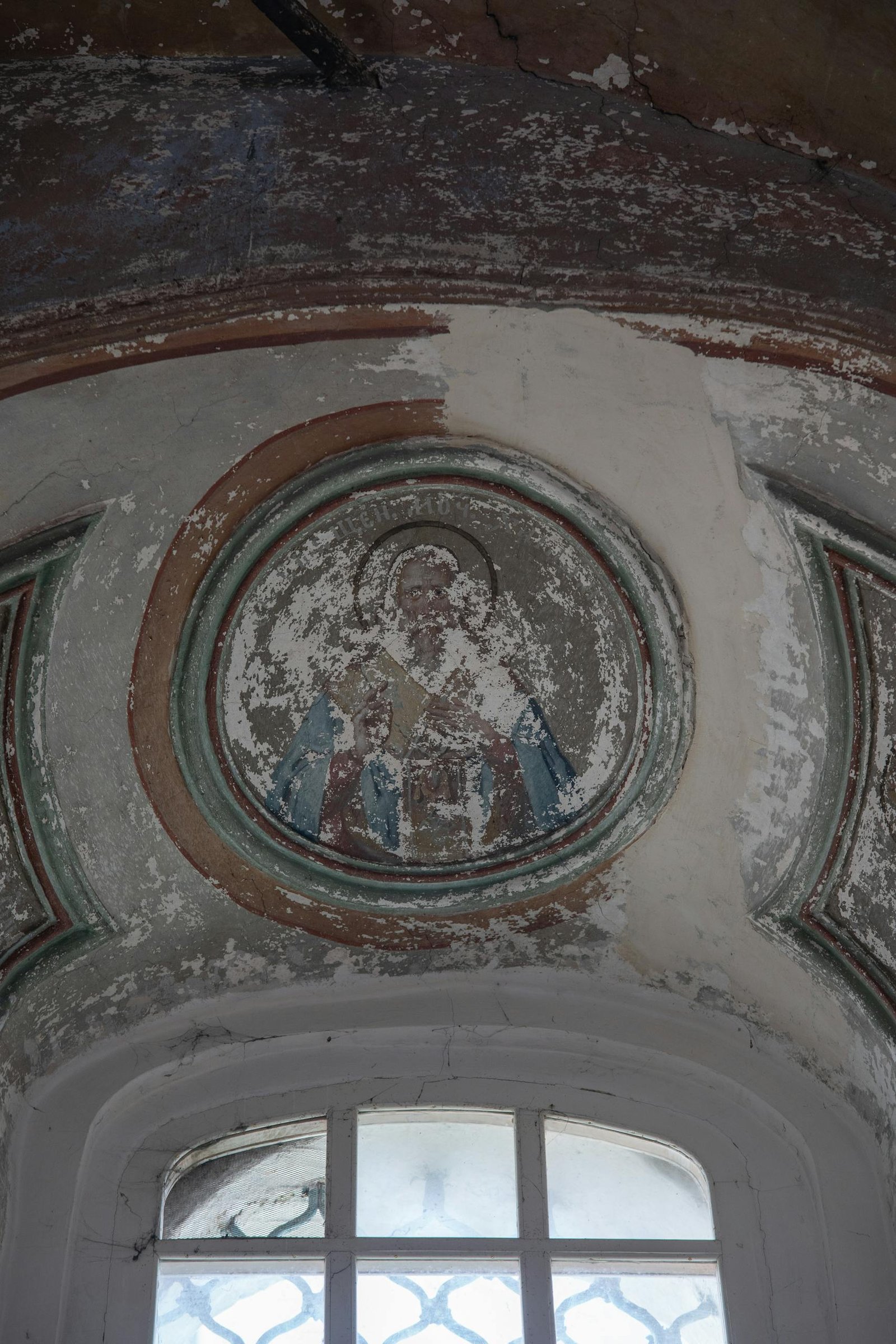From a room where the ceiling breathes softly.
Grace in Crumbling Cornices—is where the architecture breathes most vulnerably.
There is a silence that falls when you walk into a room untouched for decades. Not abandonment exactly—something gentler, something watching. The kind of room where the air does not rush, but rests. Where the plaster has curled slightly away from the crown, and the corners, once adorned with ornamental bravado, now feather away like lace.
We call them cornices—those elaborate decorative moldings that once signaled the distinction of a ceiling from the sky. In French, the word feels like silk: corniche. And in their crumbling, they no longer scream elegance—they whisper it.
It’s here I’ve often paused, in my own journey of restoration—not just of buildings, but of self. These edges, these decorative breaths between wall and ceiling, seem to hold more than structural detail. They hold the idea of grace lived in. Not pristine, but persevering.
Once, we believed preservation was about return. About perfection. Paint it back to its prime. Recast the frieze. Match the white exactly. But I’ve come to believe otherwise. Grace, I’ve found, is not in restoring what was, but in honoring what remains.
A crumbling cornice is a memory still speaking. It is the elegance of time made visible. The humility of an object that no longer demands attention, yet still holds it. These gestures in the plaster are like the creases in a wise woman’s hands—proof of use, of gesture, of giving.
To restore, then, is not to erase. It is to tend. To listen. The plaster may be reattached—but the crack, left visible, tells the truth. In a world drowning in illusion and instant gloss, what we need are more truths.
Architecture is biography. Each estate a soul. Each cornice a punctuation mark in a sentence we are still reading. I have seen restoration that removes the breath from the building, chasing a sterile fantasy. And I have seen restoration that allows for fragility to remain: a stain that stays, a nail kept in place, a cornice that crumbles just slightly more each season, as if breathing with us.
It is in these details that I find companionship. When I see a cornice beginning to separate from the wall, I feel not dismay—but recognition. Aren’t we all, in some way, fraying at the edge? Doesn’t beauty lie there too?
So I do not paint over the fractures. I frame them. I sit beneath them. I drink tea while the dust collects on the windowsill and sunlight catches what still gleams. And I think: this, too, is life. This quiet, this grace—this architectural act of letting go without falling apart.
In the end, we are not meant to be preserved unchanged. We are meant to carry our erosion with elegance. Like the cornice, we rise at the edge, adorned not in perfection, but in poise.
🌬️
